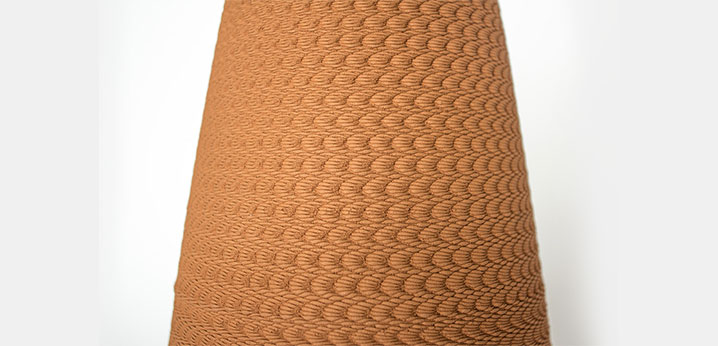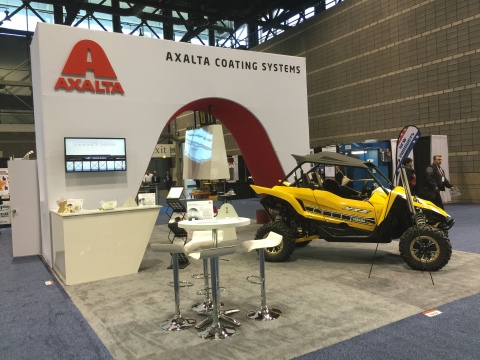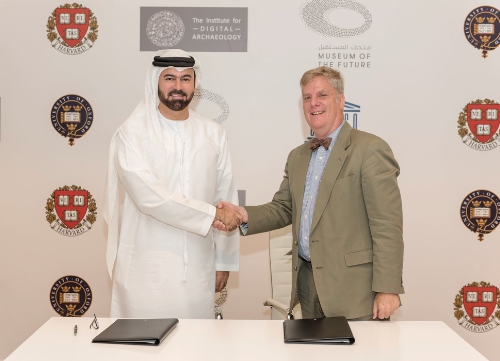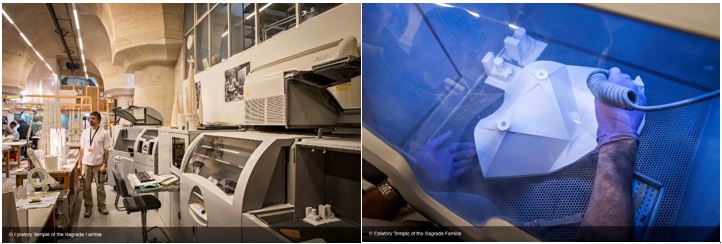 The first house printed using mobile 3D printing technology has been built in Stupino town, Moscow region. The Apis Cor and PIK companies have successfully completed the project which was announced in December 2016.
The first house printed using mobile 3D printing technology has been built in Stupino town, Moscow region. The Apis Cor and PIK companies have successfully completed the project which was announced in December 2016.
HOW IT WAS BUILT
In December 2016, the Apis Cor company in cooperation with PIK proceeded to print the building using a mobile 3D printer. Construction took place at the Apis Cor company’s test facility in the town of Stupino, on the territory of the Stupino aerated concrete factory. Printing of self-bearing walls, partitions and building envelope were done in less than a day: pure machine time of printing amounted to 24 hours.
After completing the wall structures, the printer was removed from the building with a crane-manipulator.
The area of the printed building is 38 m².
For the first time in the Russian construction practice a house was printed as a whole, rather than assembled from pre-printed panels.
Design of the single-story residential house is rather unusual. This project was selected specifically, as one of the main purposes of this construction is to demonstrate the flexibility of equipment and diversity of available forms. The house can be of any shape, including the familiar square shape, because the additive technology has no restrictions on design of new buildings, except for the laws of physics. It means it’s time to talk about the new fantastic potential of architectural solutions.
The house was erected in the coldest time of the year. Winter has added complexity to the project participants, as the use of concrete mixture, that is used as the printing «ink», is only possible at temperatures above 5° C. Although, the equipment itself is able to operate in temperatures down to minus 35° C. The problem was solved by setting up a tent which provided the required temperature.
Soon, using new materials, such as geopolymer, you will be able to print a house at any time of the year.
WHO HELPED
The developer of the unique equipment, Apis Cor, approached the matter of erecting the house throughly and invited five companies as partners, known for their innovative approaches.
www.apis-cor.com

 Deutsch (Germany)
Deutsch (Germany)  Polski (PL)
Polski (PL) 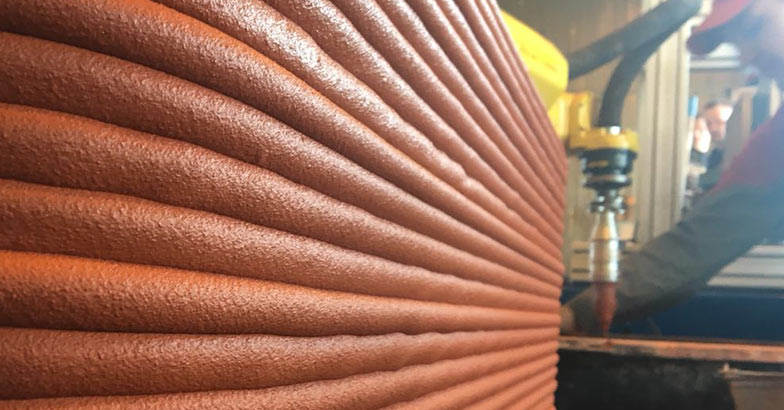



 The first house printed using mobile 3D printing technology has been built in Stupino town, Moscow region. The Apis Cor and PIK companies have successfully completed the project which was announced in December 2016.
The first house printed using mobile 3D printing technology has been built in Stupino town, Moscow region. The Apis Cor and PIK companies have successfully completed the project which was announced in December 2016.